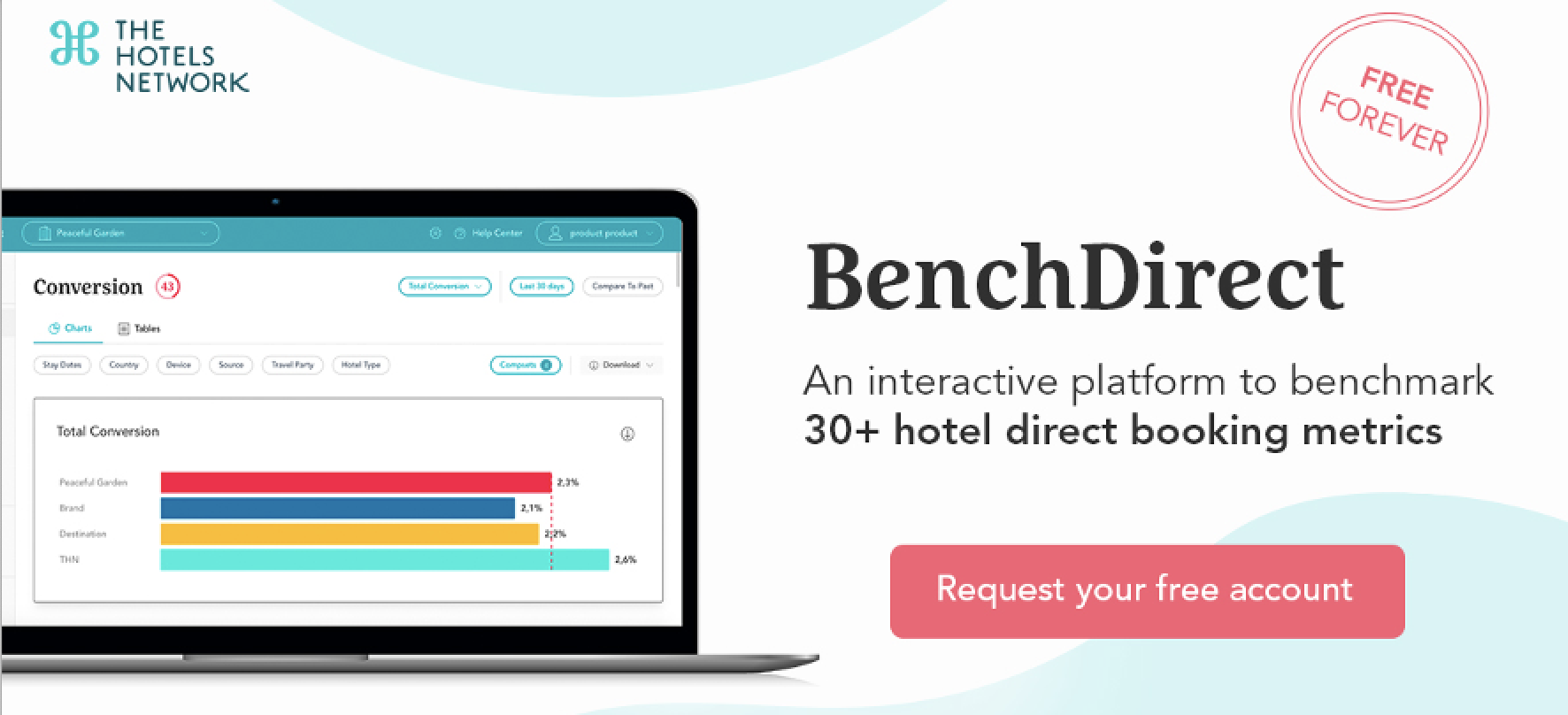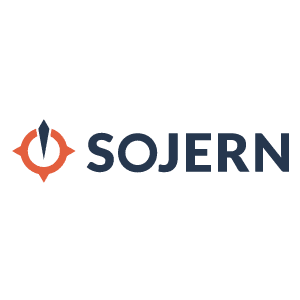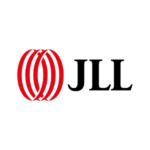There are a number of ongoing trends in 2022 that affect the hospitality industry and offer interesting opportunities for hotels to improve the guest experience and drive more business:
- Trip stacking
- Removing invisible friction
- Constrained resourcing solutions
- Personalization
- Cookies and personas
- Zeroing in on zero clicks
- Data and consolidation
- Benchmarketing
- Virtual reality
A summary of each trend can be found below. To view the comprehensive guide including more details and examples, download the ebook here.
Trend 1: Trip stacking
This is a new phenomenon erupted from the massive need to cancel and change plans (often at the last minute) because of the pandemic. To address this new uncertainty, travelers create vacation certainty for themselves in what is now called trip stacking. Trip stacking is booking two or even three trips over the same travel period in case Covid-related problems ruin travelers’ preferred plans. Trip stacking is essentially creating vacation plans A, B, and C. To make the hotel’s location more appealing if it’s booked as a C or a B option, send the guest pre-stay emails to keep that location at the top of their mind.
One possible way to determine if the hotel is being tripstacked is to look at the typical booking window of their guests. If they are seeing a change where bookings times are pushed out, this could be an indication of trip stacking. Moreover, a possible way a hotel can move up to become the first choice and avoid being canceled is to upsell experiences at their destination.
Trend 2: Removing invisible friction
Invisible payments
According to the data across over 12,000 hotel websites, for the last half of 2021, of the people visiting the websites on their phone, 1.6% of them book versus 3.4% booking on desktop. Hotel booking engines create invisible friction in the last step of the booking process where the necessary booking information needs to be collected. These fields include name, email, and credit card number/CVV. The credit card details are the biggest impediments to fulfilling the booking online, whether that stems from concerns for privacy or the tedious process of entering the numbers. As hotels and their associated booking engines open up to seamless payment processing, mobile conversions will substantially increase.
Page load speed

The guest can’t see the massive amount of data and calls to the servers to load the page, but this is irrelevant. These invisible actions that delay the display of website content carry a penalty not just in terms of the guest’s likely abandonment of the website if it takes more than three seconds to load, but Google’s Core Web Vitals now uses a load speed of under 2.5 seconds as one of the primary measurements of indexing a website.
Trend 3: Constrained resourcing solutions
Limited access to skilled resourcing is likely to be an ongoing theme throughout the year. The traditional ways to address this need include investing in the training of junior staff, cross-training existing senior staff, and leveraging retainer agreements with agencies to supply manpower to flex. There are a couple of technology-driven solutions to consider as we enter 2022.
Fill the gaps with technology
Leverage affordable AI systems that are easy to use, easy to support, and provide strategic and revenue-generating recommendations for the hotel’s more profitable channel – the direct channel. Introduced in Q4 of 2020, an Opportunities feature was included in a recent benchmarking solution that analyzes and compares the hotel against its destination, look-alike hotels, and then it automatically generates up to five recommendations that will increase revenue and reduce OTA disparities.
When a system can make strategic recommendations, the hotel saves by employing less skilled staff to execute the recommendations instead of relying on more experienced (and expensive) marketers.
Freelance by the hour
Apart from leveraging technology, another way to address resourcing issues without having to go through HR or find an agency that will require x number of hours a month as part of an ongoing retainer is to use freelancers. While freelancing is not a new trend, the pandemic has made managers more comfortable outsourcing work, and a significant number of skilled workers who haven’t previously considered a side-hustle have signed up to find work through freelancing sites.
Trend 4: Personalization
Personalization targeting

Personalization is executed through six over-arching targeting criteria (that can be implemented alone or in combination): Timing, Demand, Travel Party, Visitor Profile, Visitor Behavior, and Custom Targeting. Customers are targeted according to these criteria and can be contacted with specifically tailored messages.
Personalized flash sale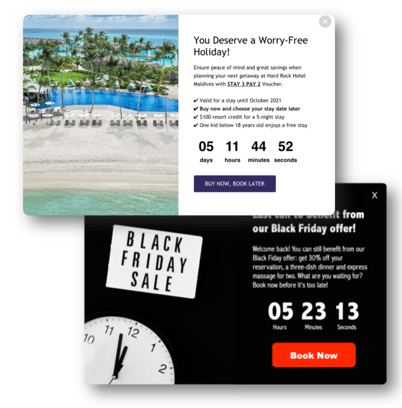
Personalization gets even more personal when combining the targeting criteria and the countdown timer for a hyper-personalized flash sale. Flash Sales are typically driven by a specific date for a specific amount of time or by availability in inventory. However, when combined with targeting criteria they can deliver a more precise proposition. The targeting criteria, when combined with the countdown timer, can start as soon as the visitor hits the website. So this is true 1:1 marketing. Thanks to the timer, the guest knows in advance that they will only have 20 minutes to book the offer, whether it’s a deep discount or significantly included packaged value adds.
Personalized forms
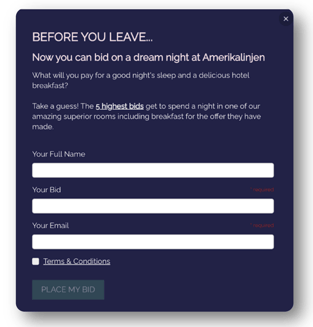
Personalized forms enhance existing generic website forms and add targeting. Currently, forms on hotel websites sit on a single page and cater to requests ranging from “Contact Us”, Meetings, and Weddings. Personalized forms improve the guest experience by displaying as a layer on any page desired by the hotelier providing they are triggered by the targeting criteria.
Predictive personalization
When it comes to hotels, predictive personalization constructs a predictive score of the user based on their past behavior (before coming to the website), current behavior on the website, any interaction it has with on-site personalization messaging, and external market data. Once implemented, predictive personalization addresses two issues hotelier marketers face. Either they are not running value-targeted campaigns or they are running promotional campaigns that target everyone. A hotel can use predictive personalization to run value-targeted campaigns and drive more bookings and revenue. When properly implemented, conversion rates for low-intent users can increase between 50-60% and high intent user conversions can increase over 150%.
Trend 5: Cookies and personas
2022 will be the penultimate year of Chrome’s third-party cookie support. Cookies are small files that websites send to a browser that the sites then use to monitor and remember certain information about the visitor. Third-party cookies are created by domains that are not the website (or domain) that they are visiting. These are usually used for online advertising purposes and placed on a website by adding scripts or tags. A third-party cookie is accessible on any website that loads the third-party server’s code. Third-party cookies are seen as an invasion of privacy. As a result, they are being eliminated. Google’s proposed cookie replacement is called Topics API, a new system for interest-based advertising. Topics works by pinpointing five of your interests, such as “Fitness” or “Travel & Transportation,” based on your web activity, as measured by participating sites, for one week. When you visit a website, Topics will show the site and its advertising partners just three of your interests, consisting of “one topic from each of the past three weeks.”

Zero party data
With the pending elimination of third-party cookies, there is an urgent shift underway for hotels to collect as much information as possible now and improve their zero- and first-party data collection. First-party data is typically information associated with the information collected with the booking. For example, the customer’s email, phone number, and loyalty program information. Zero-party data is unrequired data that is intentionally and proactively shared directly by the consumer with the hotel. Examples of zero-party data include data a consumer explicitly provides, such as communication preferences or the types of information they want to receive. Zero- and first-party data round out the profile and interests of the people in the CRM database and allow hoteliers to specifically target guests based on their interests.
Personas
Since less will be known about the people coming to the hotel site before they get there, hotel websites need to speak to a broader audience once users land on the site. Hotels will need to build out multiple personas since they will lose highly targeted acquisition traffic. There should be a primary persona, and then secondary personas. A persona in the context of marketing refers to the ideal customer or customers for a particular business. By leveraging personalization target technology on their website, hotels can create multiple personas and then target each one to deliver tailored messages.
Trend 6: Zeroing in on zero clicks: generating website value
In mid-2021, Rand Fishkin published a study stating that nearly 65% of Google searches in 2020 did not result in a click. When a similar study is done for 2021, the results will grow as more sites are leveraging structured website data to be indexed and as Google rolls out new snippet solutions including “Expandable Search Snippet Carousels” powering content. Zero clicks shouldn’t be confused with zero-party data. A zero-click refers to a search results page, or SERP, that provides the answer to a search query at the top of the page, such that the user doesn’t need any further clicks to get a question or inquiry answered. As a result of getting the answer, the person isn’t moving on to the hotel website.
Generating value with the website
Hotel websites need to continue to capture organic traffic to avoid spending heavily on acquisition traffic. Therefore, they need to get creative by adding more in-depth value to the content they create. This will put the website in a strong position to bypass the quantitative snippets that Google’s zero-click SERPs exploit. When qualified traffic makes it to the website, the site must be ready and optimized to convert the traffic. One way to improve conversion is to personalize the experience.
Trend 7: Data and content consolidation
As the number of systems explodes, managing guest data and hotel content, as well as identifying duplicated and out-of date-content becomes more challenging. Apart from the workflow issues, bad data and incorrect content ultimately lead to a bad guest experience. Therefore, it is incumbent on the hotel to consolidate this growing pool of information and manage it all in one place. This is done through headless content and content data platforms.
Headless content
Imagine content that was created once and then shared across multiple systems via an API. Headless content is any type of back-end content management system where the content repository “body” is separated or decoupled from the presentation layer “head.” Headless content delivers two key promises: removing the time and effort involved in multiple-entry data and eliminating the risk of data getting out of sync. This problem was fully apparent during the pandemic where different hotel systems provided contradictory messaging related to their pre-and post-Covid guest communications.
Customer data platform
A customer data platform (CDP) is software that collects and unifies first- and zero-party customer data—from multiple sources—to build a single coherent view of each customer. Digital data sources include the hotel’s website, apps, other channels such as live chat or digital assistants, the number and length of interactions, and the frequency of those interactions. The CDP also collects transactional data such as guest purchases from the booking engine, property management systems, and loyalty programs. After the data is united it becomes the central source of information on the guest. The data can be cleaned and elaborated. At this point, the hotel has full control over the distribution of this data.
Trend 8: BenchMarketing: G4 analytics and benchmarking
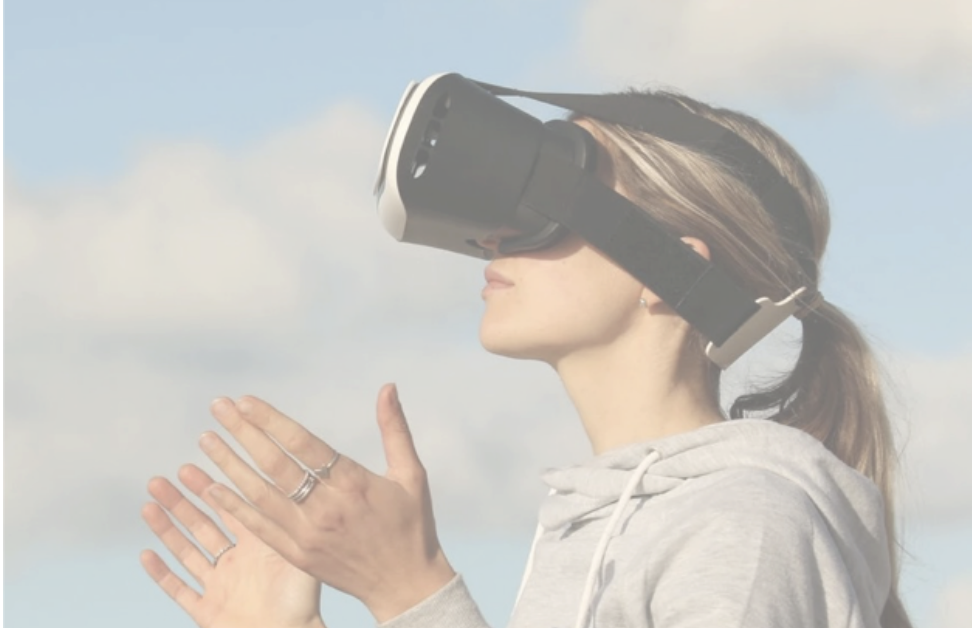
Benchmarketing is a new concept in terms of the hotel website’s direct channel. Previously, this wasn’t possible since direct channel benchmark data didn’t exist. Now the data exists and hotels can use the benchmark data and apply it to their marketing (hence benchmarketing) to grow their direct channel bookings and revenue.
Analytics
Google is launching a new analytics platform that is available now in beta. Now is the perfect time to have the team learn and experiment with GA4 by running it in parallel. Warning: don’t upgrade fully until the product is out of beta. The biggest difference between Universal Analytics (the existing Google Analytics) and GA4 is the measurement model that they use. Universal Analytics uses a measurement model based on sessions and pageviews. A session is a group of user interactions (hits) with a website that takes place over a given timeframe. A session can contain multiple pageviews, events, and eCommerce transactions. In contrast, GA4 uses a measurement model based on events.
BenchMarketing by using benchmarking data
When the hotel reviews their data not in a vacuum but with a full 360-degree view of their destination and look-alike properties, they can start to make some key marketing decisions. Most hotels look at their own KPIs in a vacuum, but benchmarking allows hotels to compare their KPIs against their competitors. The benchmark data will reveal if the hotel is doing better than they thought against their KPIs but that they might be underperforming against the competition. Inversely, the data might reveal the hotel is underperforming against their KPIs but doing better than their destination with the same measure. In this way, benchmarking data is the hammer and the shield of the hotel marketers. It’s the shield to protect them from fallacious assumptions about the hotel’s performance when compared against the destination’s poor performance. It’s the hammer because it allows the hotel to strike out where their competitors are weak and exploit their weaknesses for the hotel’s gain.
Trend 9: Virtual reality become real
While the promise of Mark Zuckerberg’s metaverse is still far-off, Oculus sales are hitting records this holiday season and virtual reality is quickly becoming a new reality. With the reduction of the cost of the headsets and improved content, it’s just a matter of time before everyone tries on a headset just to satisfy their curiosity. This is an opportunity for hotel B2B sales and marketing teams in terms of prospecting meetings and events planners.
Imagine reaching out to a planner via email and asking if they like to virtually meet via Zoom or VR? If they choose the VR route, set their expectations very low, saying it might be a little confusing at first to find each other, but that will be part of the overall fun. No one forgets their first experience. Send them a VR headset already set up with their personalized avatar (scrape the internet for their likeness), have it wear a shirt with the logo of their company, and then add something (like a hat or a bag) with the logo of the hotel brand. When they get to the world the hotel team pre-created for them, have a digital billboard greeting them that says, “[Hotel Brand Name] welcomes [Name of Guest]”. Then take a “picture” of the two avatars together in front of the sign. After this prospecting meeting is over, send the photo to them. New, impactful experiences such as this guarantee that they will remember the salesperson and the brand.
In conclusion, 2022 offers many exciting opportunities for hoteliers to improve the guest experience. Whether it is through providing exciting location-based experiences, creating highly personalized and seamless digital experiences, or creating operational efficiencies, this year will be a turning point as hotels continue their overall pivot to drive more direct bookings and revenue.
Download our guide to discover how you can take advantage of technology at your hotel brand when looking at the evolving marketing developments of 2022.






